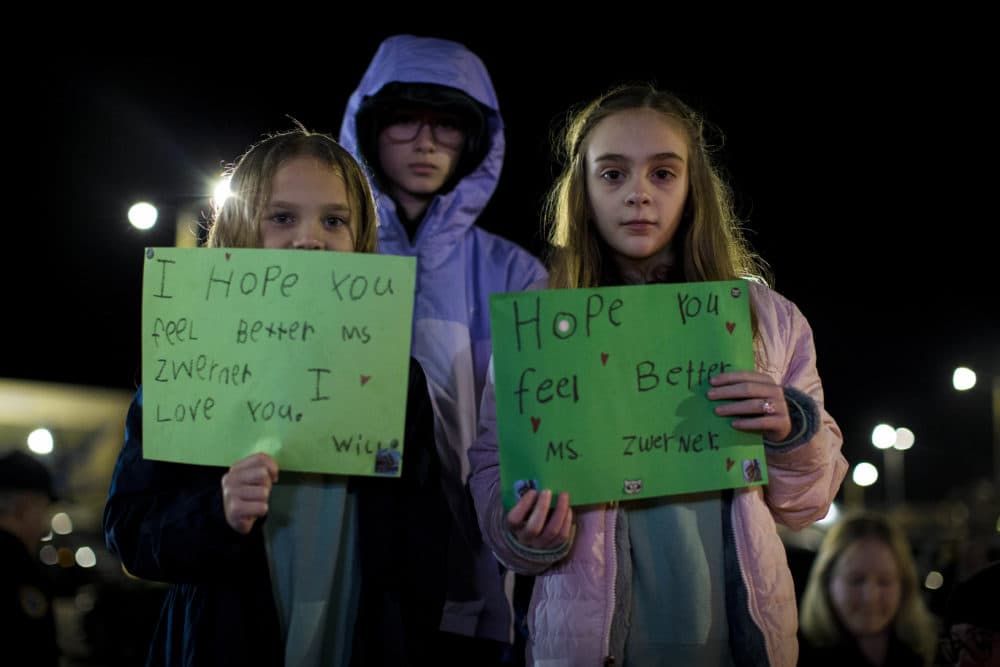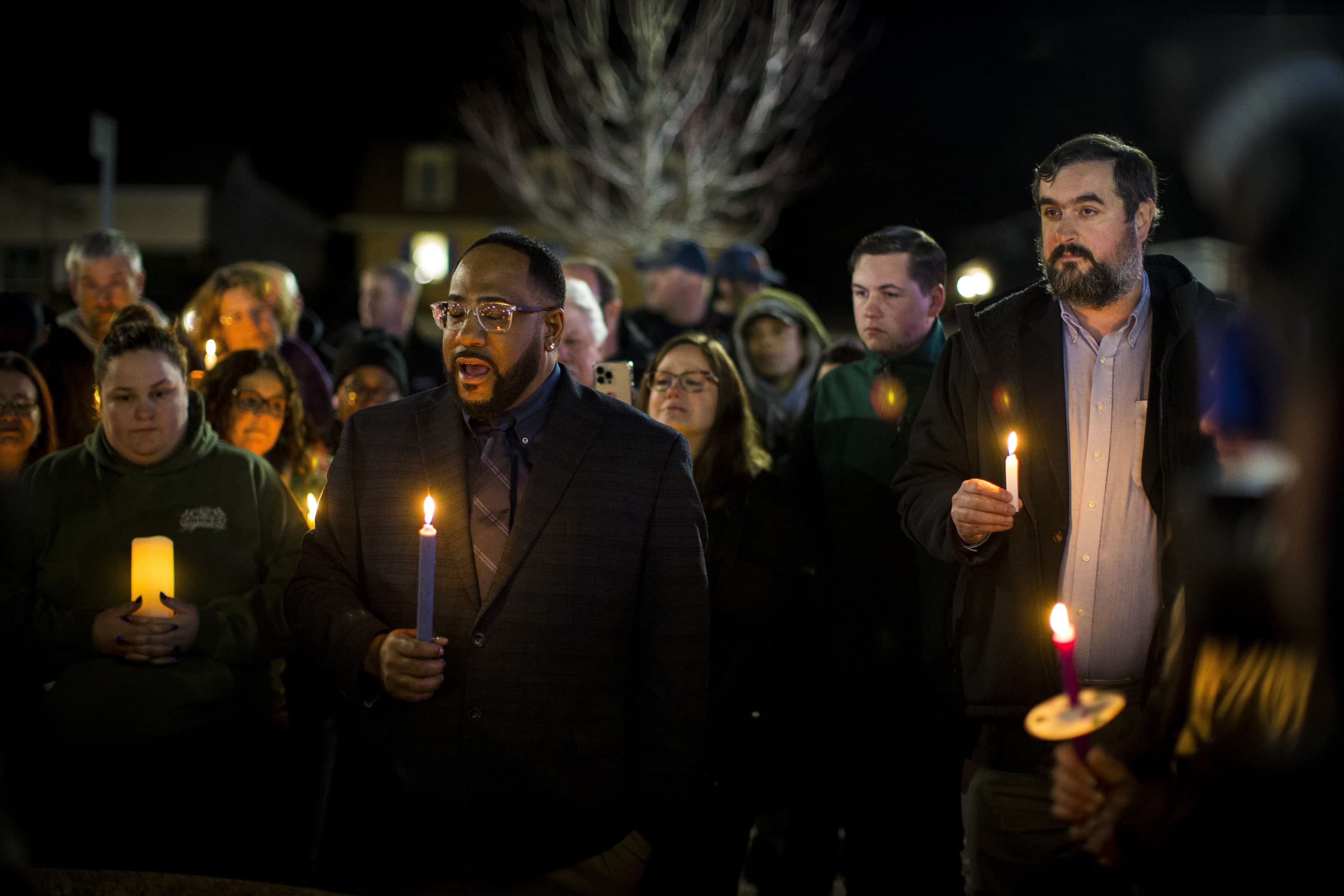Advertisement
Commentary
What the shooting by a 6-year-old tells us about school violence in America

I have been haunted by the news that a 6-year-old — a child who most likely can't read the phrase “assault with a deadly weapon” — was able to access his mother’s loaded 9mm gun, bring it to school and seriously injure his devoted teacher, Abigail Zwerner, 25.
I was not involved with this particular (and thankfully rare) incident. But as a child and adolescent psychiatrist consulting with schools, I have conducted and supervised numerous threat assessments in schools. These assessments, where an extensive investigation is performed to determine whether a child is imminently at high risk of unsafe behavior towards others, are currently our front line against school shootings and provide effective prevention.
Since Columbine, our nation has heartbreakingly seen far too many instances of missed substantive threats, teenagers who spent hours online researching prior shootings and collecting weapons. We have almost fallen into a routine: A school shooting occurs and calls for gun reform are met with rebuttals that this school shooter was clearly “evil” and determined to enact violence no matter the cost. Labeling the shooter this way makes the shooting appear almost inevitable, as though nothing, not even gun safety measures, would have stopped this youth from taking the lives of others.
This recent shooting was different. Most 6-year-olds lack the executive functioning skills that would be required to make a threat that could be considered substantive. Without easy access to a weapon, a shooting requires planning and mobility that most first-graders simply do not have. Secondly, many 6-year-olds are still developmentally unable to appreciate the permanence of death, and cartoons, movies, TV and video games further fuel the idea that death is reversible and harm unlikely after only one shot.

This tragic incident is a perfect example of why the prevention of school shootings cannot rest solely on identifying individual, high-risk children without also considering the environmental hazards that facilitate these shootings. We need to approach this issue from a public health perspective as we did with lead poisoning, where pediatricians have worked with caretakers to ensure that children cannot access the lead paint that could harm them.
About 14% of school shootings between 1999 and 2022 took place in elementary schools, and of those, most of the shooters were teens or adults. However, in at least 11 of the 62 elementary school shootings, the shooter was 10 years old or younger. In nine of those incidents, the children brought the loaded weapon from home.
In a desperate effort at harm reduction, some states have advocated for gun violence education and curricula in the schools, along with vision checks and “stop, drop and roll.” Is it wishful thinking that a standardized gun curriculum will avert the next school shooting? Probably. The NRA already piloted (and championed) the “Eddie Eagle” gun safety program, which reached over 27 million students, has a curriculum, video and website with the false hope that kids will “Stop! Don’t Touch. Run Away. Tell A Grown-Up.” This blind faith in curriculum as a sole solution is similar to the false confidence that came from the DARE program (Drug Abuse Resistance Education), a program eagerly disseminated to schools even though evaluations showed no impact on youth substance use.
Advertisement
It is especially critical that we prevent those shootings that could have been stopped by the simple purchase of a gun safe but limiting a child’s access to a loaded gun is a complicated problem. In our country, over 30 million children live in households with firearms. Although parents think their children don’t know where they keep guns, one study found 40% of those children could correctly identify where the guns were. Nearly as many children admitted handling their parents’ guns. Half of all youth suicides occur from firearms.
If there are firearms in the home, it is a critical component of safety planning to encourage parents and guardians to either remove those guns from the home or (less ideal) use a gun lock and safe home storage. We similarly need to hold parents responsible for safety planning if their child is not a risk to themselves, but to others. This is beginning to happen; in December 2021, after Ethan Crumbley shot and killed four students at Oxford High School, his parents were charged with manslaughter and held criminally responsible for dismissing the danger and not pursuing help for their son.
Our safety net cannot rely on the fact that kids are smart enough to turn away from guns. Children are curious and impulsive — especially when those children are only 6 years old. A country that is fiercely divided about the right to bear arms and has proven time and time again its willingness to sacrifice our children’s welfare to allow unchecked gun ownership cannot now also abandon the valiant educators who teach those children. The cost is too high for us to turn away from protecting our children and educators.
